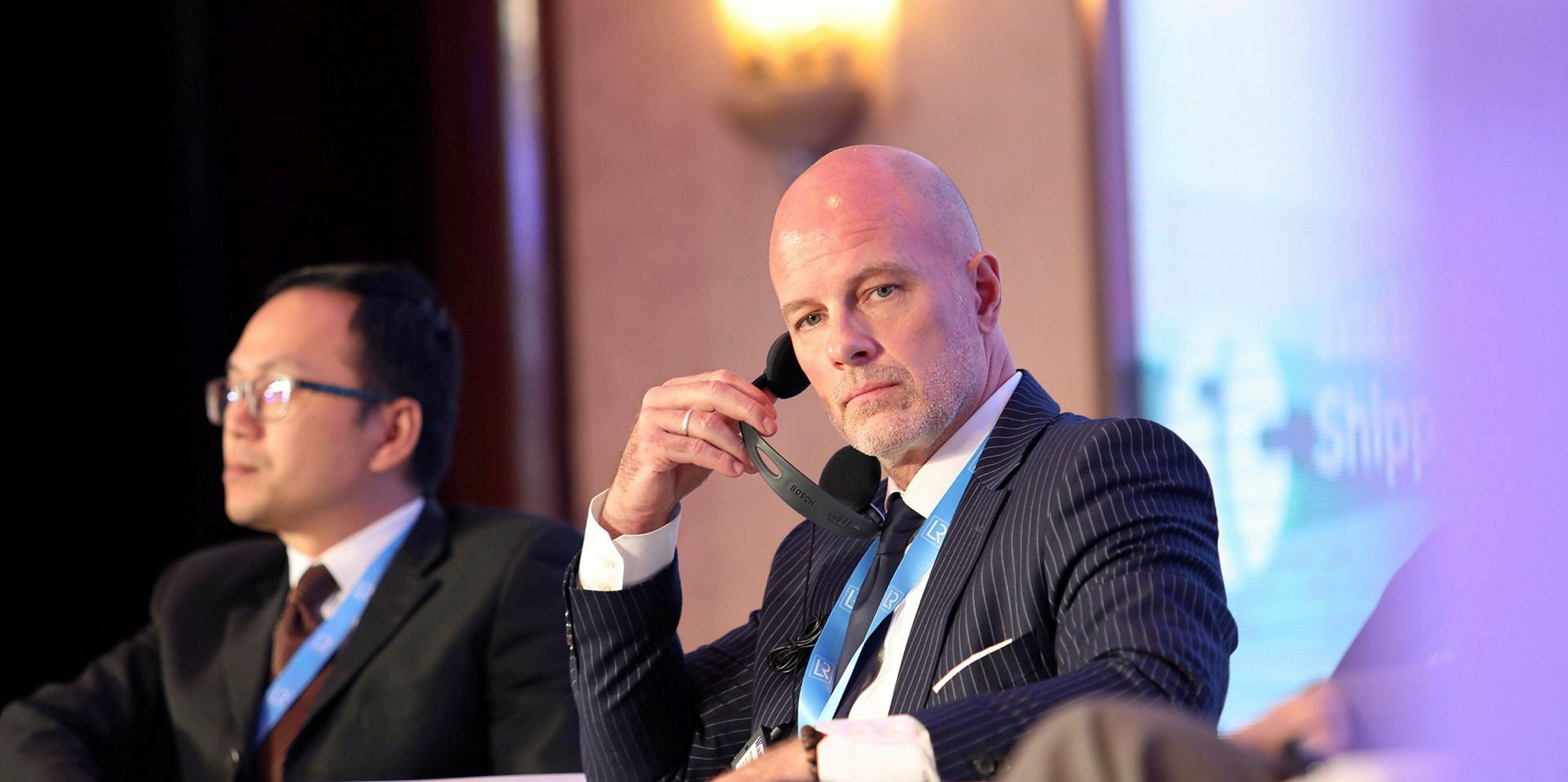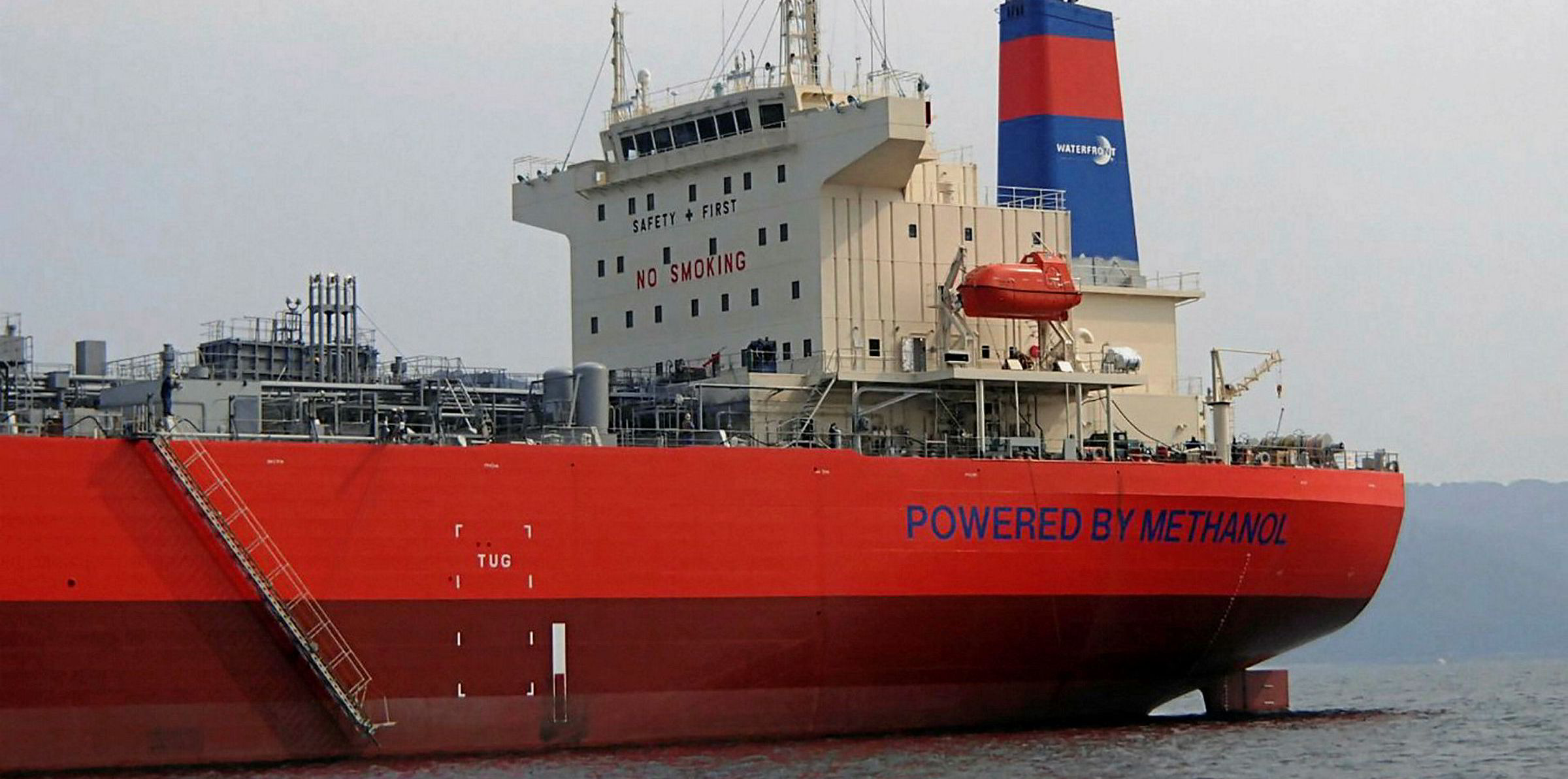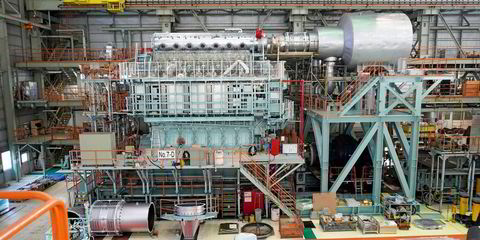A missing link in the drive to push methanol as a marine fuel will be filled with the publication of a practical bunkering guide.
The document also confirms that handling and burning the chemical on ships is relatively straightforward.
The Methanol Institute, which promotes the use of the chemical as a marine fuel, has partnered with classification society Lloyd’s Register to produce a technical reference guide that will be launched next week.
The prescriptive guide provides checklists for shipowners, suppliers and port authorities to become comfortable with methanol bunkering and help accelerate its use, said Douglas Raitt, global fuel oil bunkering advisory services manager at Lloyd’s Register.
Chris Chatterton, chief operating officer of the Methanol Institute, said the group worked with the International Maritime Organization on including methanol in the International Code of Safety for Ship Using Gases or Other Low-Flashpoint Fuels (IGF Code).
Those efforts had shown “a missing link in how to physically bunker methanol”.
Methanol, it became apparent, performed very differently as a fuel from LNG, even though they share natural gas as a common feedstock, he said.
But Chatterton added the guide clarifies that bunkering methanol is simple. It is already in use on product tankers, ferries and harbour craft.
Raitt said: “As the guidelines evolved, I saw a lot of similarities with HFO [heavy fuel oil] and MGO [marine gasoil] bunkering. It’s not that dissimilar, even though there are some intricacies with regard to the toxicity of methanol, and in firefighting, but these are readily overcome.”
Raitt added that the report provides “operational safety management protocols which, if applied, properly would significantly reduce any risk with methanol bunkering”.
But all alternative fuels are less energy dense and will require bigger storage tanks or more frequent bunkering, although ammonia and methanol have significantly better energy-carrying characteristics than hydrogen.
Methanol does not have issues in terms of engine development, but its adoption as a marine fuel is more likely to be affected by the rollout of an onshore supply chain, said Damien Speight, head of technology innovation at energy group Orsted.
Orsted has teamed up with shipping giant AP Moller-Maersk, ferry operator DFDS, logistics outfit DSV Panalpina, Copenhagen Airports and airline SAS to cut emissions by sea, road and air from 2023 by producing hydrogen and methanol in Denmark.
Hydrogen is likely only to be used for shortsea vessels that can refuel frequently, but Speight said methanol and ammonia lead in terms of potential for deepsea shipping.
Chatterton said engine technology platforms are being developed that will be able to accommodate the use of LNG, ethane, methanol or ammonia.
“It’s just the top end, and fuel delivery supply system that are different,” he said.
For methane or ammonia to become zero-emission fuels, also known as electro-fuels, they need to be electrolysed from renewable energy sources at a much higher cost than methane derived from natural gas, but Speight said cost reductions seen over the last 10 years in wind power suggest price comparability could be closer by 2030.
“Biofuel will struggle to provide the amount of volume required, but electro-fuel sits alongside biofuel and fossil because if you are looking to build a ship the biggest question is where will I get the fuel from, and what is the energy transition over a 20 or 30-year lifespan,” Speight said.
“With methanol, and ammonia, we know we can buy methanol today and we know we can achieve bio-methanol and tomorrow we will be able to get an electro-methanol — and we know that the chemistry will be the same.
“So we can have the confidence to make the transition — whether it is a dual-fuel engine with MGO and methanol, or whether they go full in with [methanol] bunkering.”








